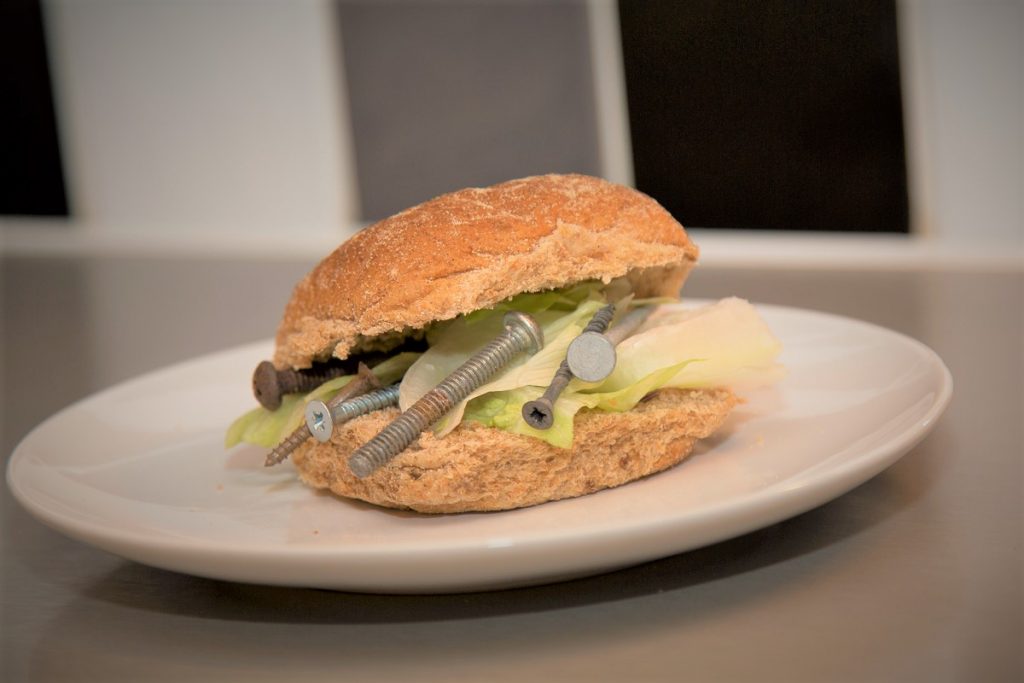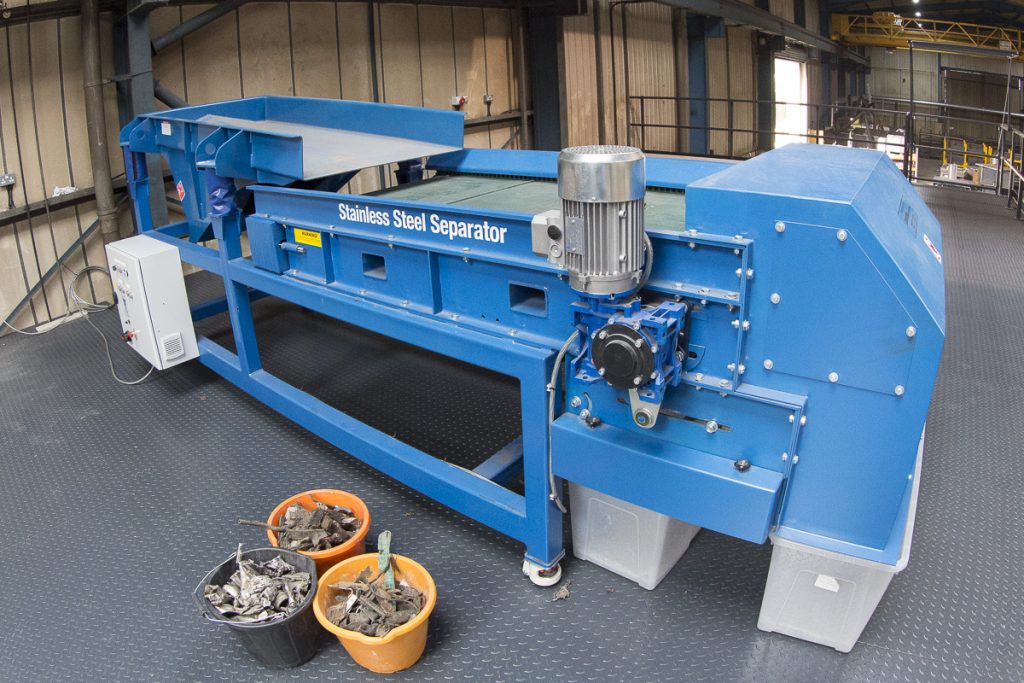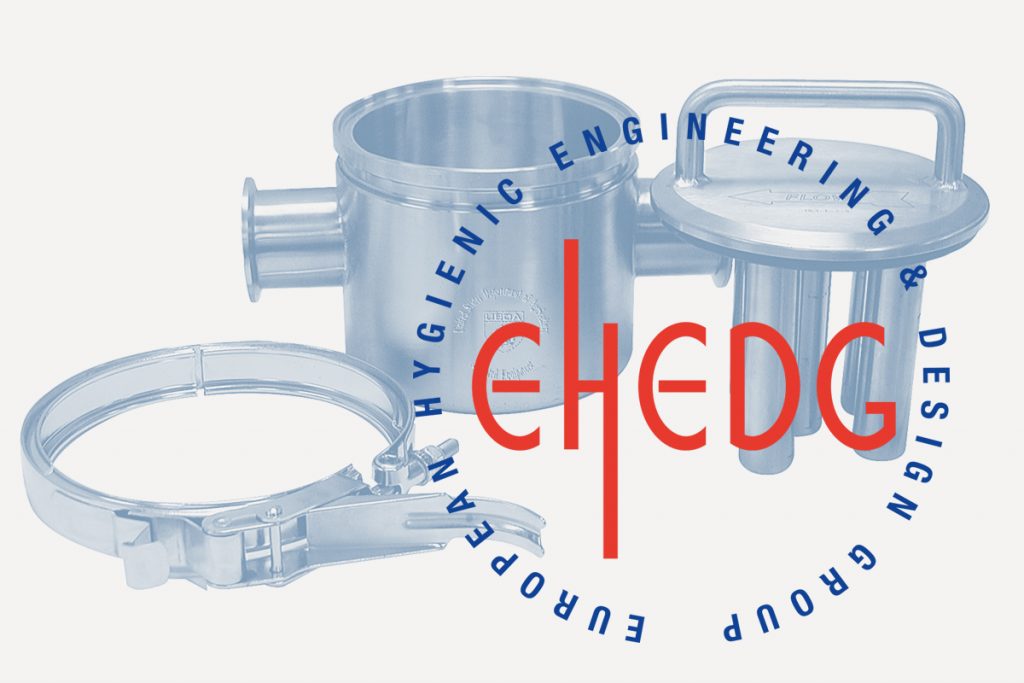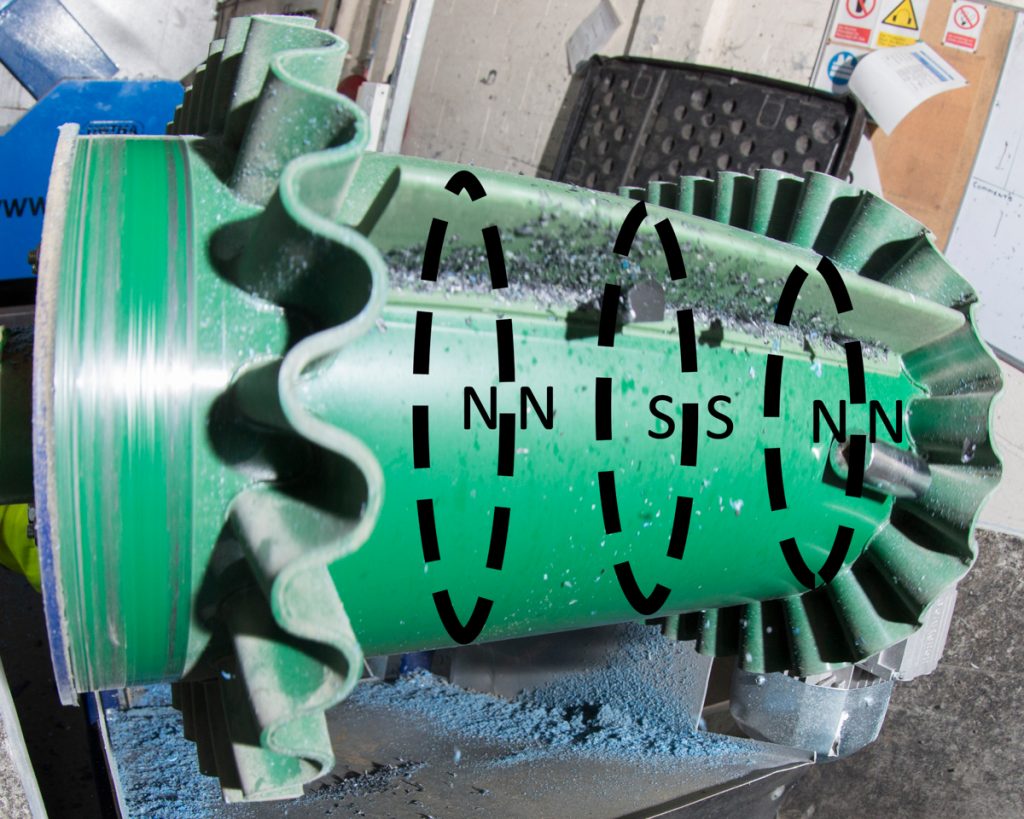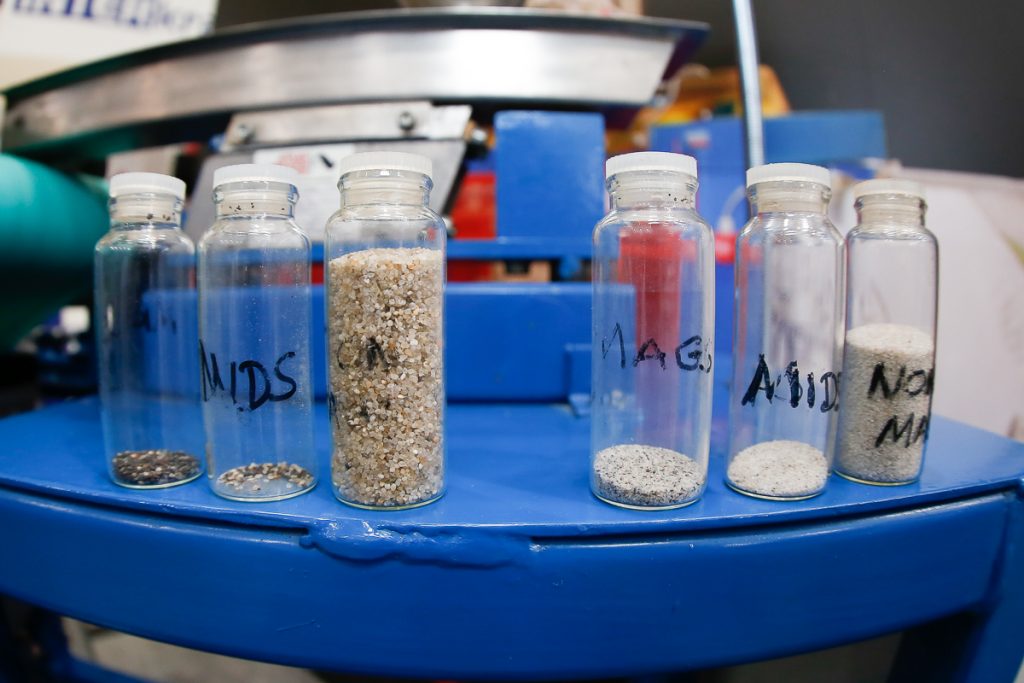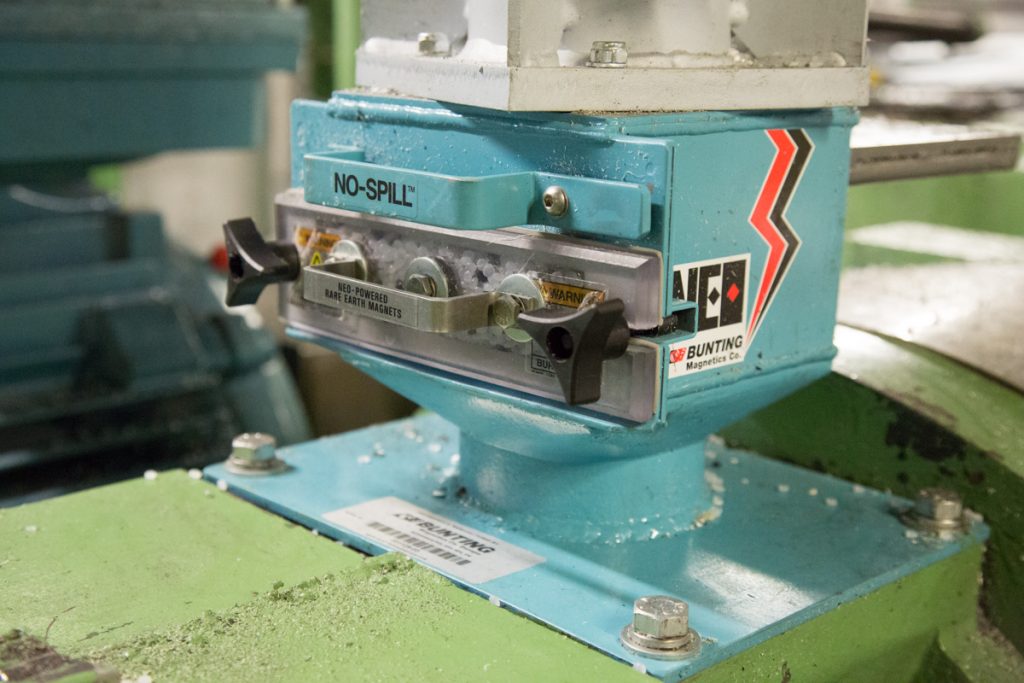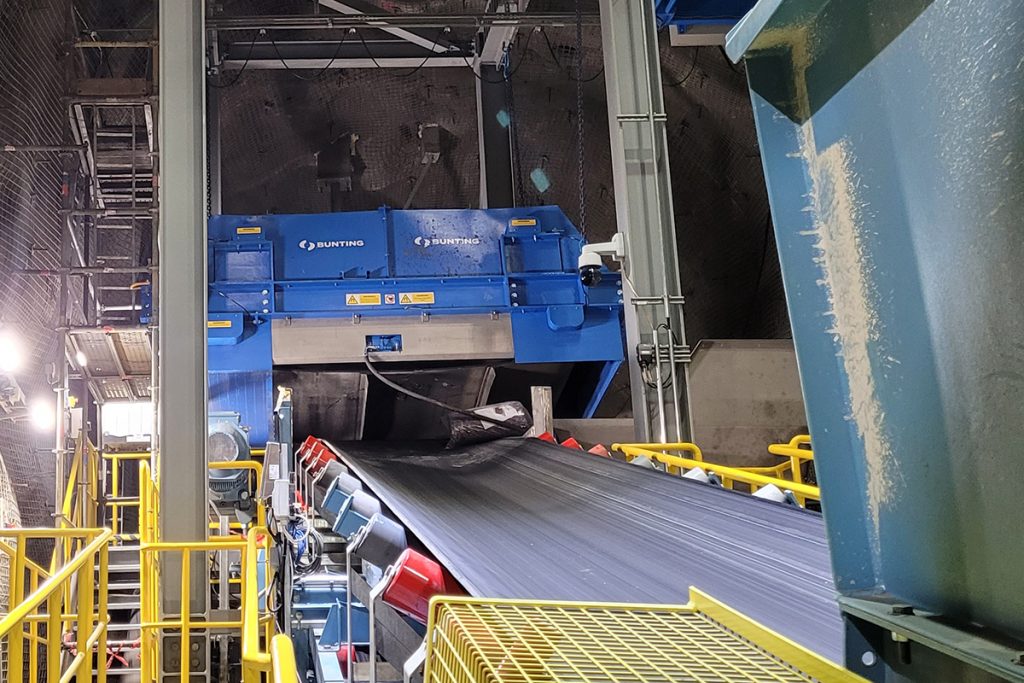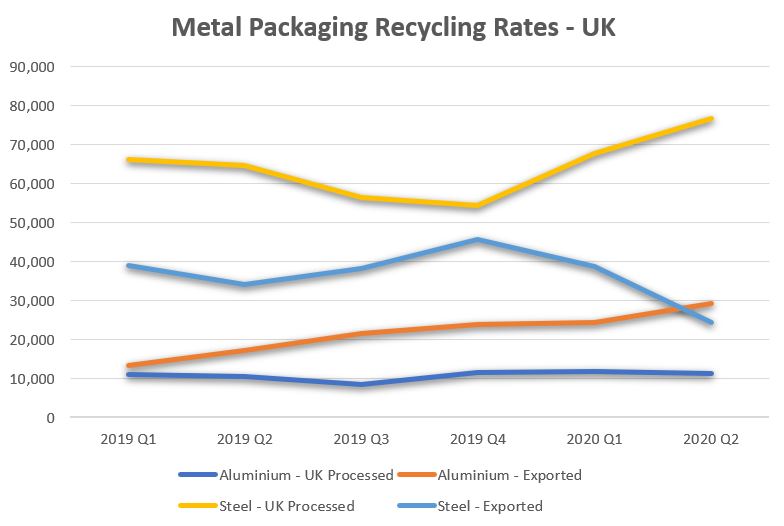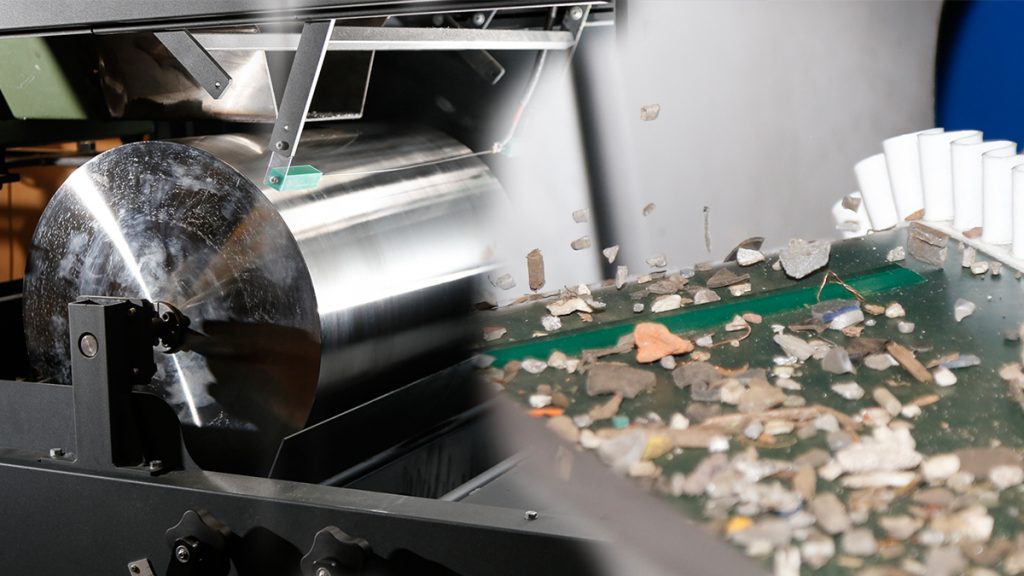News
Metal Contaminated Food Alerts 2020
In 2020, the UK’s Food Standards Agency reported seven (7) cases of metal contaminated foods (in 2019, there were eight (8)). Each case was very different and ranged from chocolates to sandwiches. The associated cost, in terms of lost revenue due to recalled products and company reputation, is considerable. In this article, we review each…
Read More15 Magnetic Liquid Traps Capture Iron in Orange Juice
Fine iron removed from orange juice
Read MoreTwo SSSC Magnetic Separators Ordered
A UK metal recycling company has ordered two (2) SSSC Magnetic Separators to recover fragmented stainless steel. The order followed initial tests undertaken on site with a Rare Earth Drum Magnet during the Covid-19 lockdown. Once the restrictions had eased, the client travelled down to Redditch for more detailed test work on the SSSC Magnetic…
Read MoreEHEDG Membership for Bunting
Bunting has joined the European Hygienic Engineering & Design Group (EHEDG) following a rise in magnetic separator and metal detector projects for the food, pharmaceutical and chemical industries. The European Hygienic Engineering & Design Group (EHEDG) was founded in 1989 as a non-profit consortium of equipment manufacturers, food producers, suppliers to the food industry, research…
Read MoreWhat is an Axial and Radial Magnetic Field?
Rotary Magnetic Separators, such as the Drum Magnet and Pulley Magnet, are designed with a specific type of magnetic field. The type of magnetic field is considered when looking at any application and when deciding which design will achieve a customer’s separation objective. For these rotary designs of magnetic separator, there are two types of magnetic…
Read MoreMagnetic Properties of Minerals
Magnetic properties of minerals
Read More24 Drawer Filter Magnets Destined for France
24 Drawer Filter Magnets destined for France
Read More13-tonne Electro Overband Magnet Protects Gold Mine
13-tonne Electro Overband Magnet Protects Gold Mine
Read MoreRising UK Metal Packaging Recycling Tonnage
The latest data from the UK Environment Agency’s National Packaging Waste Database for quarter 2 2020 shows a 9.7% rise on quarter 1 2019 in the tonnage of recycled and recovered Used Beverage Cans (UBCs) and metal packaging. However, whereas the recycled tonnage of aluminium packaging has steadily increased over the period, there has been…
Read MoreEddy Current versus Electrostatic Separation
Separation technology plays a major role in the recycling of waste materials. Metals are recovered using one or a combination of metal separators including Magnetic Separators, Eddy Current Separators and ElectroStatic Separators. Eddy Current Separators and ElectroStatic Separators play an important role in maximising metal recovery and revenue from complex streams presently processed by metal…
Read More